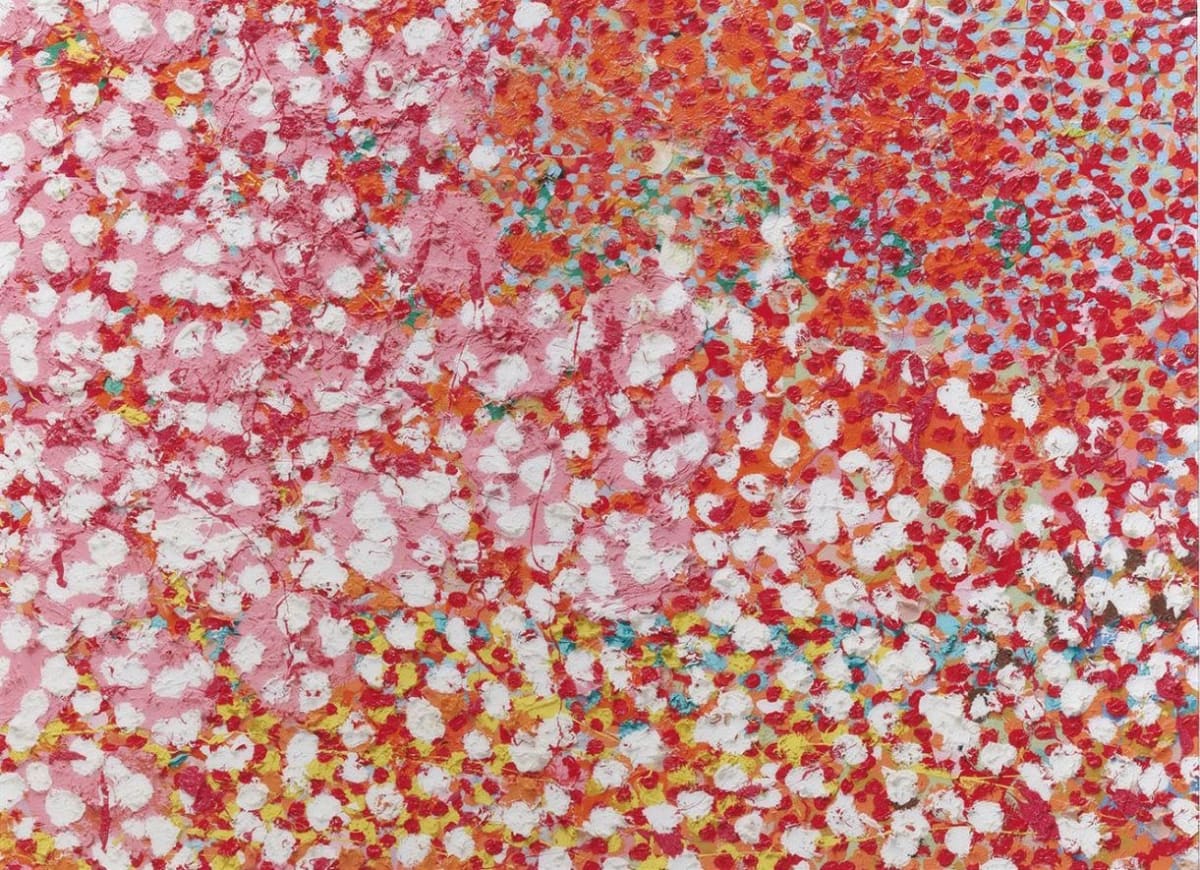Gerhard Richter DE, b. 1932
Gerhard Richter is known for a prolific and stylistically varied exploration of the medium of painting, often incorporating and exploring the visual effects of photography. "Picturing things, taking a view, is what makes us human; art is making sense and giving shape to that sense". He also says, "art is the highest form of hope."
In the early 1960s, Richter began to create large-scale photorealist copies of black-and-white photographs rendered in a range of grays, and innovated a blurred effect (sometimes deemed "photographic impressionism") in which portions of his compositions appear smeared or softened-paradoxically reproducing photographic effects and revealing his painterly hand. With heavily textured abstract gray monochromes, Richter introduced abstraction into his practice, and he has continued to move freely between figuration and abstraction, producing geometric "Colour Charts", bold, gestural abstractions, and "Photo Paintings" of anything from nudes, flowers, and cars to landscapes, architecture, and scenes from Nazi history. Richter absorbed a range of influences, from Caspar David Friedrich and Roy Lichtenstein to Art Informel and Fluxus.
-
 Gerhard RichterCage (P19-3), 2020view more details
Gerhard RichterCage (P19-3), 2020view more details -
 Gerhard RichterCage P19-5, 2020view more details
Gerhard RichterCage P19-5, 2020view more details -
 Gerhard RichterFlow – P16, 2016view more details
Gerhard RichterFlow – P16, 2016view more details -
![Gerhard Richter, Aladin [P11], 2014](data:image/gif;base64,R0lGODlhAQABAIAAAAAAAP///yH5BAEAAAAALAAAAAABAAEAAAIBRAA7) Gerhard RichterAladin [P11], 2014view more details
Gerhard RichterAladin [P11], 2014view more details -
 Gerhard RichterP2 Haggadah, 2014view more details
Gerhard RichterP2 Haggadah, 2014view more details -
 Gerhard RichterSeestück (bewölkt), 1969-2023view more details
Gerhard RichterSeestück (bewölkt), 1969-2023view more details -
 Gerhard RichterVierwaldstätter See, 1969-2023view more details
Gerhard RichterVierwaldstätter See, 1969-2023view more details -
 Gerhard RichterTiger, 1965-2023view more details
Gerhard RichterTiger, 1965-2023view more details




![Gerhard Richter, Aladin [P11], 2014](https://artlogic-res.cloudinary.com/w_600,c_limit,f_auto,fl_lossy,q_auto/artlogicstorage/dellasposa/images/view/097ab5a5a4b48af051e3dad652bf9a46j/dellasposa-gerhard-richter-aladin-p11-2014.jpg)




